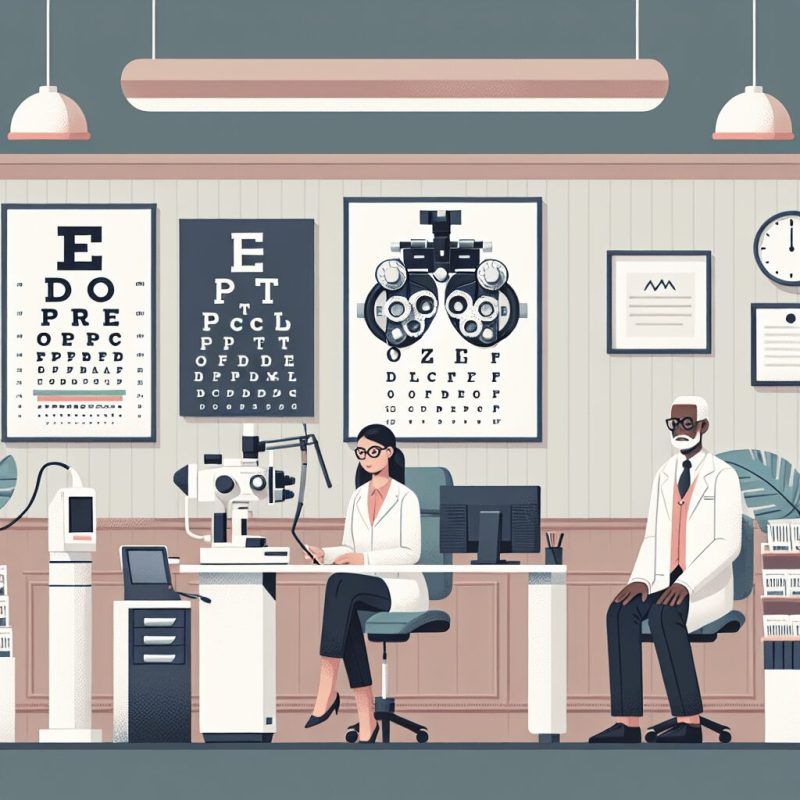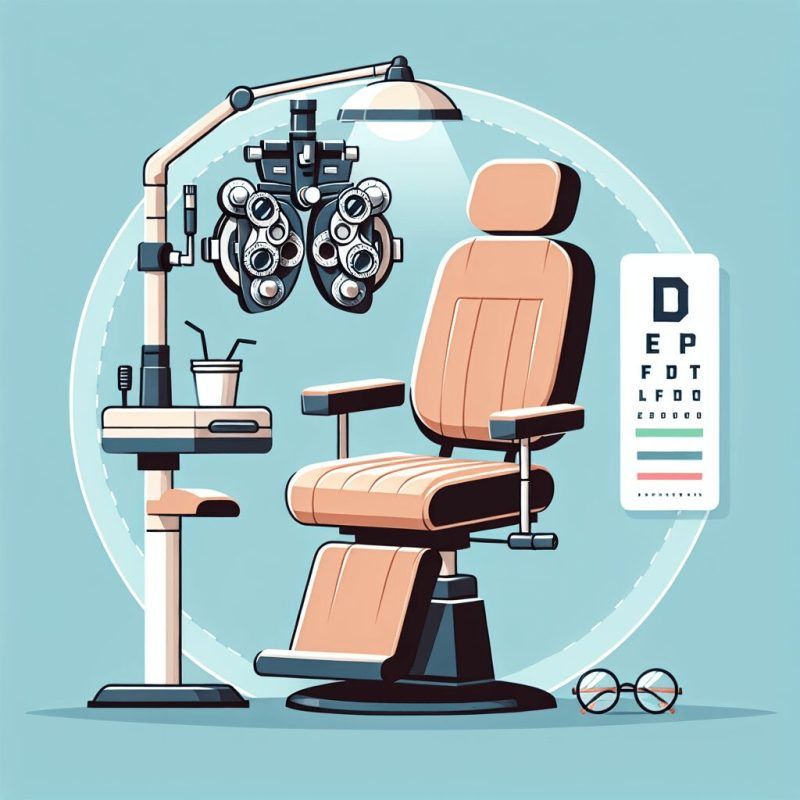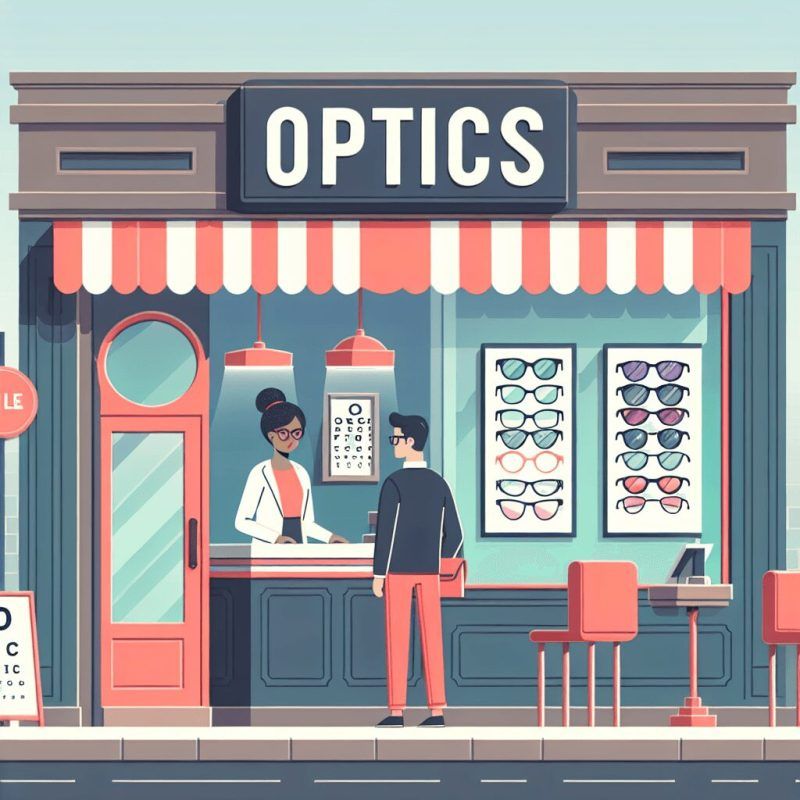Doctor's Corner
Breaking Down Glaucoma Medication
Glaucoma is a condition that affects the eyes and can lead to vision loss or even blindness. Prescription eye drops are commonly used to treat glaucoma. They lower eye pressure and protect the optic nerve. Let’s break down glaucoma medication to understand how it helps manage this sight-threatening condition. We’ll explore how these eye drops work, the types available, and potential side effects.
Understanding Glaucoma Medication
Types of Glaucoma Medications
There are different types of medications for treating glaucoma:
-
Prostaglandin analogs.
-
Beta-blockers.
-
Alpha agonists.
-
Carbonic anhydrase inhibitors.
-
Rho kinase inhibitors
The choice of medication depends on the person’s condition and how they respond to treatment.
Eye drops are a common form of glaucoma medication. They help the eye’s fluid drain better and reduce fluid production in the eye.
Side effects of glaucoma medications can include:
-
Stinging
-
Burning
-
Blurry vision
-
Changes in eye color
-
Eyelash growth
-
Dry mouth
-
Fatigue
-
Systemic side effects like low blood pressure or changes in pulse rate
Remember to talk to an optometrist about any side effects. They can help find solutions or alternative treatments.
Eye Drops as Glaucoma Medication
Administering Eye Drops
Administering eye drops for glaucoma medication requires proper technique to ensure effective treatment.
It is crucial to use them daily as prescribed by the optometrist.
To optimize absorption, one should close the eyes gently after instilling the drops to prevent drainage and systemic side effects.
Administering eye drops for glaucoma medication helps to lower eye pressure by aiding in the drainage of fluid or reducing fluid production in the eye.
Medications like timolol, latanoprost, brinzolamide, and brimonidine are commonly used in their generic form to treat glaucoma and protect the optic nerve.
Laser treatment is another option to manage glaucoma and can serve as a primary treatment in some cases by improving outflow through the trabecular meshwork.
Common Side Effects of Eye Drops
-
Using eye drops for glaucoma medication can cause common side effects.
-
These side effects include stinging, itching, burning, redness in the eye, blurry vision , changes in eye color or skin around the eye, headaches, dry mouth, changes in energy level, heartbeat, or breathing.
-
The specific side effects can vary depending on the medication.
-
While most people using glaucoma medicines do not experience problems, there is still a small chance of developing such side effects.
-
If any side effects are noticed, it’s important to consult with an optometrist promptly.
-
The frequency of side effects can differ from person to person based on tolerance levels, overall health condition, and medication sensitivity.
-
Consulting a healthcare provider is important to address side effects and explore alternative ways to manage glaucoma effectively.
Considerations for Glaucoma Medications
Availability of Glaucoma Eye Drops
Factors that affect the availability of glaucoma eye drops include the classification of medications. These may include prostaglandin analogs, beta blockers, alpha agonists, carbonic anhydrase inhibitors, and rho kinase inhibitors. Access to these medications is important for managing glaucoma and protecting the optic nerve. Consistent use of prescribed eye drops is necessary for effective treatment.
Effectiveness of Laser Treatment
Laser treatment is a successful way to manage glaucoma by reducing eye pressure. It can be a good option for patients who can’t use medications or when medications don’t work well enough. The effects of laser treatment might not last forever, so some patients may still need medications later on.
The treatment helps fluid flow out of the eye better by targeting the trabecular meshwork. Options like selective laser trabeculoplasty (SLT) or argon laser trabeculoplasty (ALT) can be useful for managing glaucoma.
Guide to Glaucoma Medication Use
Proper Usage of Glaucoma Medications
Proper usage of glaucoma medications involves administering eye drops correctly.
To do this, the patient should tilt their head back, look up, and gently pull down the lower eyelid to create a small pocket for the drop.
It is important to ensure the tip of the dropper does not touch the eye to prevent contamination.
Glaucoma medications should be used daily as prescribed by the optometrist.
Maintaining a regular schedule is important for the medicine to effectively control eye pressure and prevent vision loss.
Common mistakes to avoid include forgetting to take the eye drops, stopping treatment because of perceived lack of improvement, or not informing the doctor about all other medications being taken to avoid interactions.
Following the prescribed regimen and communicating openly with the healthcare provider are important for successful glaucoma treatment.
Possible Concerns with Glaucoma Medications
Glaucoma medications may have different side effects based on the specific medication. Common side effects include stinging, blurry vision, changes in eye color, headaches, dry mouth, changes in energy level, and changes in heartbeat or breathing.
These side effects can affect the quality of life for those using these medications. To address concerns about long-term medication use, individuals should regularly consult with their optometrists. It’s crucial to discuss any side effects experienced and assess the treatment’s effectiveness.
Optometrists can make adjustments to the medication regimen as necessary to manage glaucoma effectively while minimizing side effects. When taking glaucoma medications, individuals should be mindful of possible interactions with other medications, supplements, or vitamins they are using.
Informing the optometrist about all medications being taken is essential to prevent negative interactions that could impact the treatment’s effectiveness. Effective management of glaucoma and avoidance of complications require open and clear communication with healthcare providers.
FAQ
What types of medications are used to treat glaucoma?
The main types of medications used to treat glaucoma include prostaglandin analogs, beta-blockers, alpha agonists, and carbonic anhydrase inhibitors.
How do glaucoma medications work to lower eye pressure?
Glaucoma medications work by either reducing the production of aqueous humor or increasing its outflow.
Are there any potential side effects of glaucoma medications?
Yes, common side effects of glaucoma medications can include eye irritation, blurred vision, red eyes, and changes in heart rate. It is important to consult with your doctor if you experience any of these side effects.
Can glaucoma medications be used in combination with other treatments?
Yes, glaucoma medications can be used in combination with other treatments such as oral medications, laser therapy, or surgery to better manage intraocular pressure and prevent vision loss.
How often do I need to use glaucoma medications?
It is important to use glaucoma medications as prescribed by your doctor. Typically, these medications are used once or twice daily. Always follow the specific instructions provided by your healthcare provider for best results.
Book an appointment at Superior Eye Care in The Woodlands or Quality Eye Care in Willowbrook, Texas and start improving your vision today. Take the first step to prioritize your eye health.
The post Breaking Down Glaucoma Medication first appeared on Optometrist in Woodlands & Willowbrook TX.
Doctor's Corner





